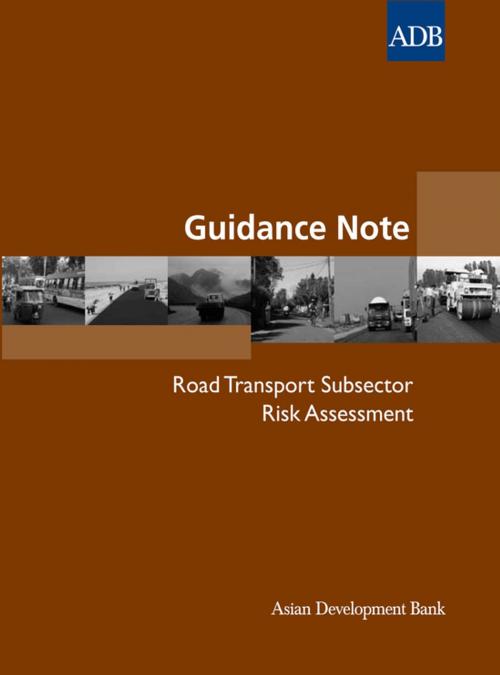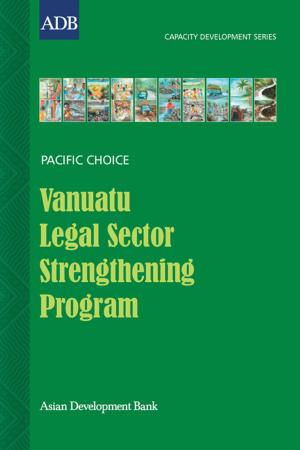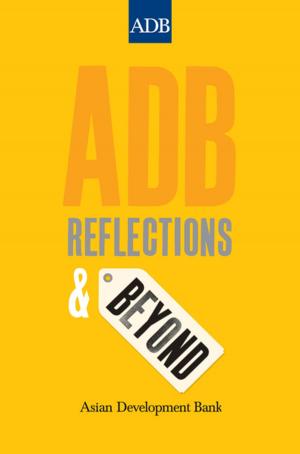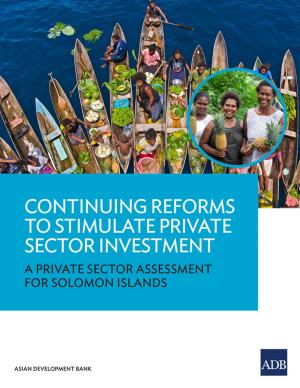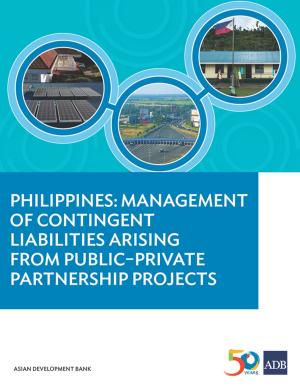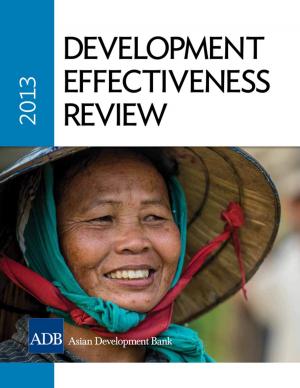Guidance Note: Road Transport Subsector Risk Assessment
Business & Finance, Economics, Sustainable Development, Economic Development| Author: | Asian Development Bank | ISBN: | 9789290921028 |
| Publisher: | Asian Development Bank | Publication: | August 1, 2010 |
| Imprint: | Asian Development Bank | Language: | English |
| Author: | Asian Development Bank |
| ISBN: | 9789290921028 |
| Publisher: | Asian Development Bank |
| Publication: | August 1, 2010 |
| Imprint: | Asian Development Bank |
| Language: | English |
The road transport subsector tends to be vulnerable to risks. This is due to large budgets that often comprise a sizable percentage of a country's national budget (20%-30%), an unclear strategic vision, nontransparent policy decisions that lead to inappropriate priorities, procurement contracts for goods and services that lend themselves to corruption, and political interference. Additional factors include weak business processes and control systems, weak capacity of subsector agencies, and fragile links across agencies and stakeholders. This guidance note aims to explain key features of the road transport subsector and identify entry points for mapping governance risks.
The road transport subsector tends to be vulnerable to risks. This is due to large budgets that often comprise a sizable percentage of a country's national budget (20%-30%), an unclear strategic vision, nontransparent policy decisions that lead to inappropriate priorities, procurement contracts for goods and services that lend themselves to corruption, and political interference. Additional factors include weak business processes and control systems, weak capacity of subsector agencies, and fragile links across agencies and stakeholders. This guidance note aims to explain key features of the road transport subsector and identify entry points for mapping governance risks.
